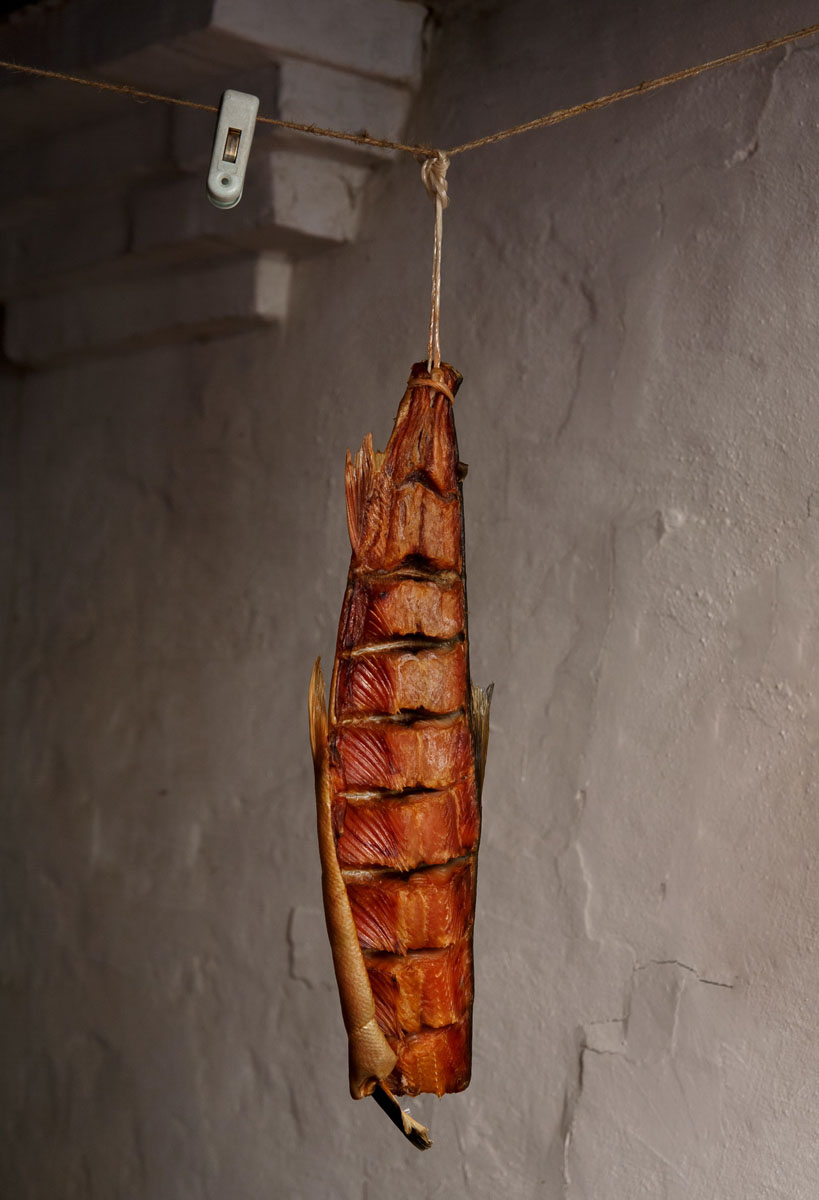
Spend a few minutes at a table in a high-end steak house, and you’re likely to be treated to a dissertation on the joys of dry-aged beef. It’s not just a server’s ploy to increase your check: dry-aged beef tends to be more tender and richer in flavor. The gold standard is 28 days—anything over that time period will enhance the flavor further but won’t increase the meat’s tenderness. Since beef loses 15-20 percent of its mass during the 28-day aging process, the resulting steak is more expensive as well.
Suddenly, dry-aged fish is becoming a trend. The practice has its roots in Japanese culinary tradition and makes perfect sense. A week or two can frequently elapse before a fish is sold in the market, and dry-aging is the perfect form of preservation. Nor is 28 days necessary: a whole fish dry-aged for one week has a firmer texture, a cleaner flavor, and lacks the telltale “fishy” smell; as the amino acids break down, the fish acquires a more pronounced umami taste. Dry-aged fish is reputed to make the best sashimi, but the cooked version will also be superior to its non-aged counterpart. Contrary to popular belief, most of the fish served in sushi bars isn’t “fresh,” but preserved in some way for a period of time.
Dry-aged fish is gradually coming into the mainstream due to the efforts of fishmongers such as Liwei Liao at The Joint in Sherman Oaks, California. Liao offers an array of aged fish including salmon, mackerel, snapper, bluefin tuna, Hamachi, amberjack, branzino, turbot, bass and barramundi, as well as shellfish and caviar. “Fresh is boring,” proclaims Liao, who has helped chefs around the country adopt the technique and who sells fish to Michelin-starred restaurants in the L.A. area. His business boomed during the pandemic, when he began retailing high-end chirashi boxes of aged, sushi-grad raw fish ranging from $200 to $700.
Can you dry-age fish at home? Absolutely, but a great deal of care is required in the preparation. For starters, avoid fish with high fat content such as mackerel, salmon, mullet, catfish and most varieties of trout. If the humidity in your area is low enough, you can age the fish in a refrigerator, aided by salt and baking soda; if not, start out in the oven at the lowest possible setting for several hours before turning it off. Most importantly, gut and clean the fish thoroughly, removing all traces of blood. Leave the fish whole until you’re planning to eat it, and check regularly for signs of spoilage. The entire process should take between two and four days.
Mark Spivak specializes in wine, spirits, food, restaurants and culinary travel. He is the author of several books on distilled spirits and the cocktail culture, as well as three novels. His first novel, Friend of the Devil, has been re-released on Amazon in print, e-book and audio book formats. Has America’s greatest chef cut a deal with Satan for fame and fortune?








Facebook Comments